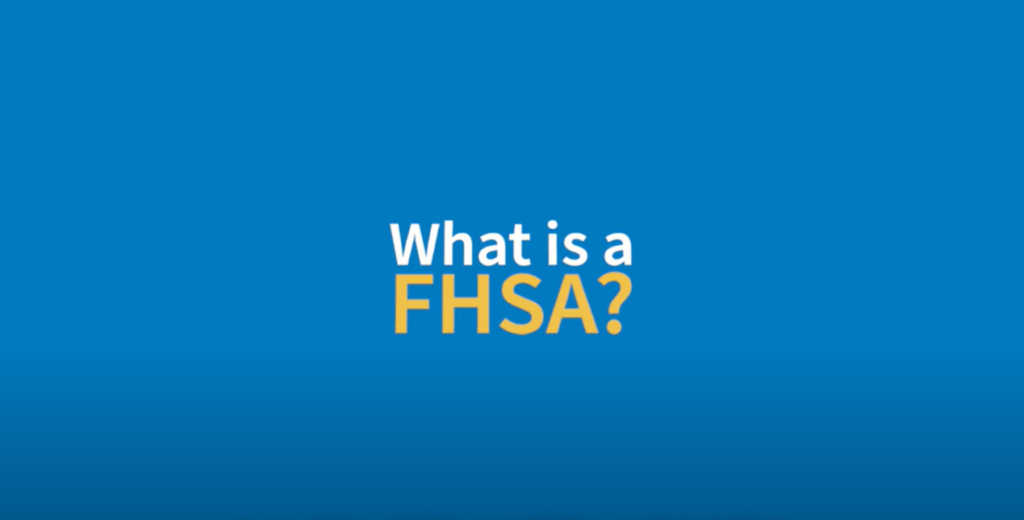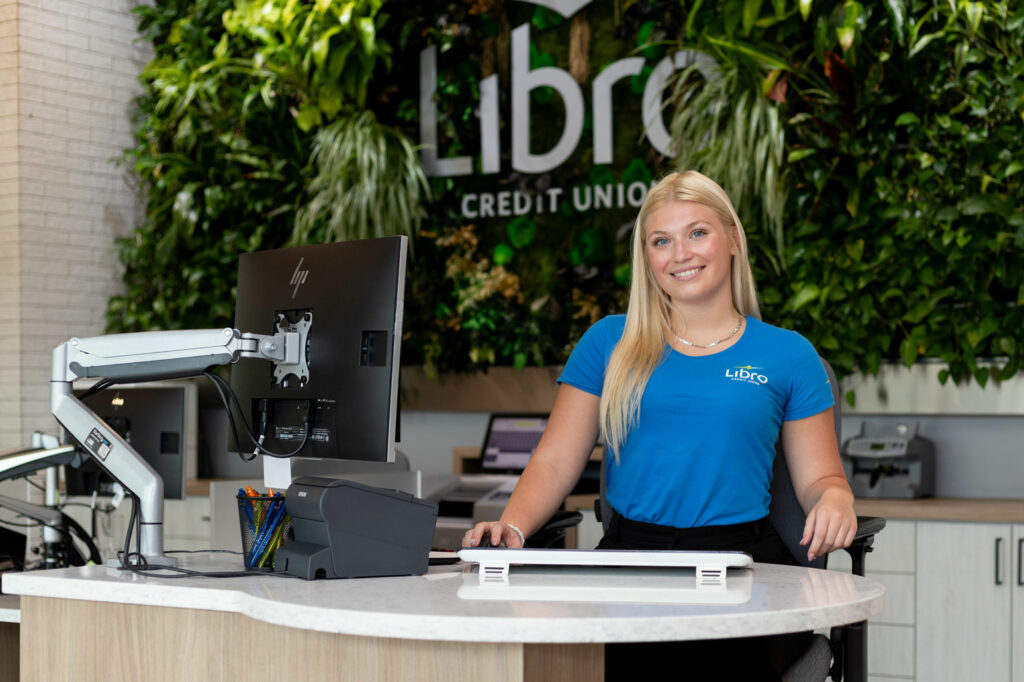What is a First Home Savings Account (FHSA)?
A Tax-Free FHSA can help you save money for your first home while giving you some tax advantages along the way. It’s a way to make your savings grow faster and keep more of your money when you’re ready to buy a house. A Tax-Free FHSA is special type of registered savings plan that combines certain aspects of a Registered Retirement Savings Plan (RRSP) and a Tax-Free Savings Account (TFSA).

Benefits of a First Home Savings Account
- Contributions to an FHSA are deductible from income, like an RRSP.
- Withdrawals, as well as income and gains are tax-free, like a TFSA, if they are used towards the purchase of a qualifying home. Read more on qualifying withdrawals.
- Any amounts in the FHSA that are not used to purchase a qualifying home can be transferred to your RRSP or RRIF on a tax-free basis. Otherwise, the amounts can be withdrawn on a taxable basis.
Qualifying Withdrawal
A qualifying withdrawal is non-taxable to the holder. Certain conditions must be met for the holder to receive the withdrawal tax-free. The conditions are similar to the home-buyers withdrawal from an RRSP and must be made in prescribed form, provided by the CRA, and include the holder meeting the following terms:
- First-time home buyer
- Resident of Canada
- The withdrawal is made within 30 days of moving into the home
- Has written agreement to buy or build a qualifying home before October 1st of the year following the withdrawal
- The qualifying home is in Canada
When these conditions are met, a holder may withdraw funds at any time, unless restricted by investment terms (e.g., 3-year fixed deposit).
A qualifying withdrawal does not generate taxable income and does not affect any income tested benefits or credits of the holder. If you don’t use the full amount of your FHSA towards a qualifying withdrawal, amounts remaining after making a qualified withdrawal can be transferred, tax-free, to an RRSP or RRIF in the holder’s name. The transfer must take place by the end of the year following the qualifying withdrawal.
Any unused amounts transferred to an RRSP or RRIF will be subject to the rules of those accounts. Qualifying FHSA withdrawals do not impact eligibility for income-tested benefits and credits (e.g., OAS, GIS, Age Credit, HST/GST, EI, Canada Child Benefit, or the Canada Worker’s Benefit (CWB), formerly known as the Working Income Tax Benefit).

Maximizing Your Benefits
You can maximize your down payment by using the FHSA in conjunction with your RRSPs Home Buyers Plan (HBP) for the same qualifying home.
We recommend talking to a Coach about your life and circumstances to find the best options suited to you.

FHSA vs. RRSP vs. TFSA
Understanding the difference between Registered Savings Accounts is an important step towards securing your financial future. These acronyms may seem intimidating, but fear not; we’re here to simplify them for you.
Helpful Tools & Resources
First-Time Home Buyer
Regardless of what stage of your first-time home buyer journey you are at, we are here to help make buying your first home a reality.
Mortgage Calculator
Use our easy online mortgage calculator to see what you can afford, test out different scenarios including rates and mortgage payment schedules.
Mortgage Types
Choosing a mortgage is a big decision. Explore mortgage types that can be suited for your lifestyle.
Blog
Read our Making Cents of Money blog for mortgage advice and how to navigate buying your first home.
Condominiums
Learn more about the difference between buying a home and a condominium.
Mortgage Rates
Check out Libro’s competitive mortgage rates. We offer a variety of options that are flexible to your needs.

Save. Grow. Own
To start planning your best ways to save, and learn how to navigate the home buying journey, we recommend meeting with a Coach.
